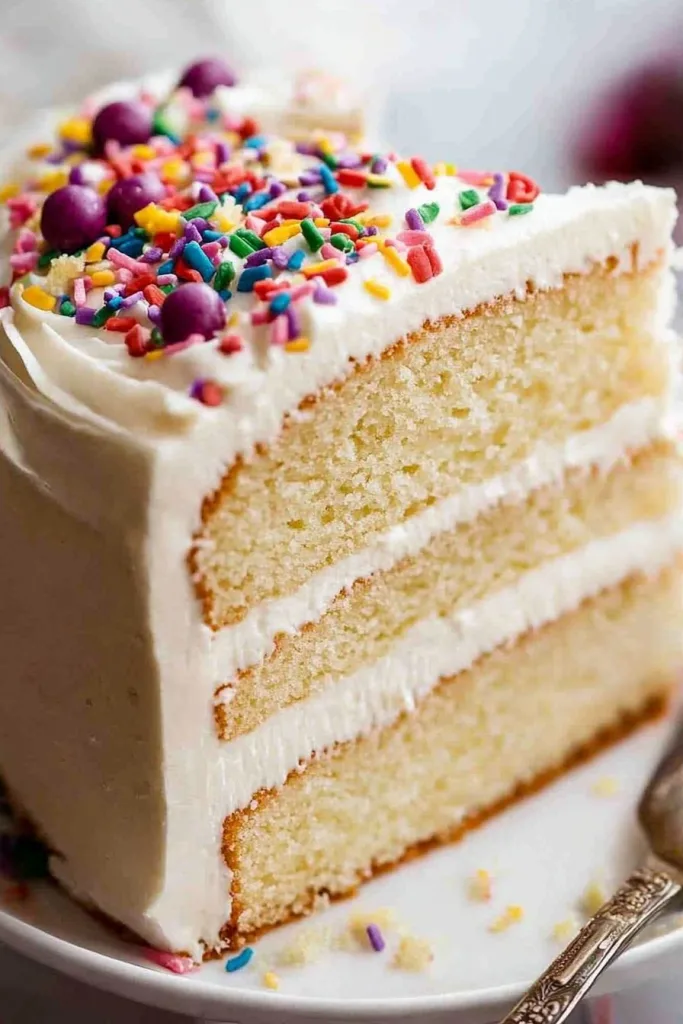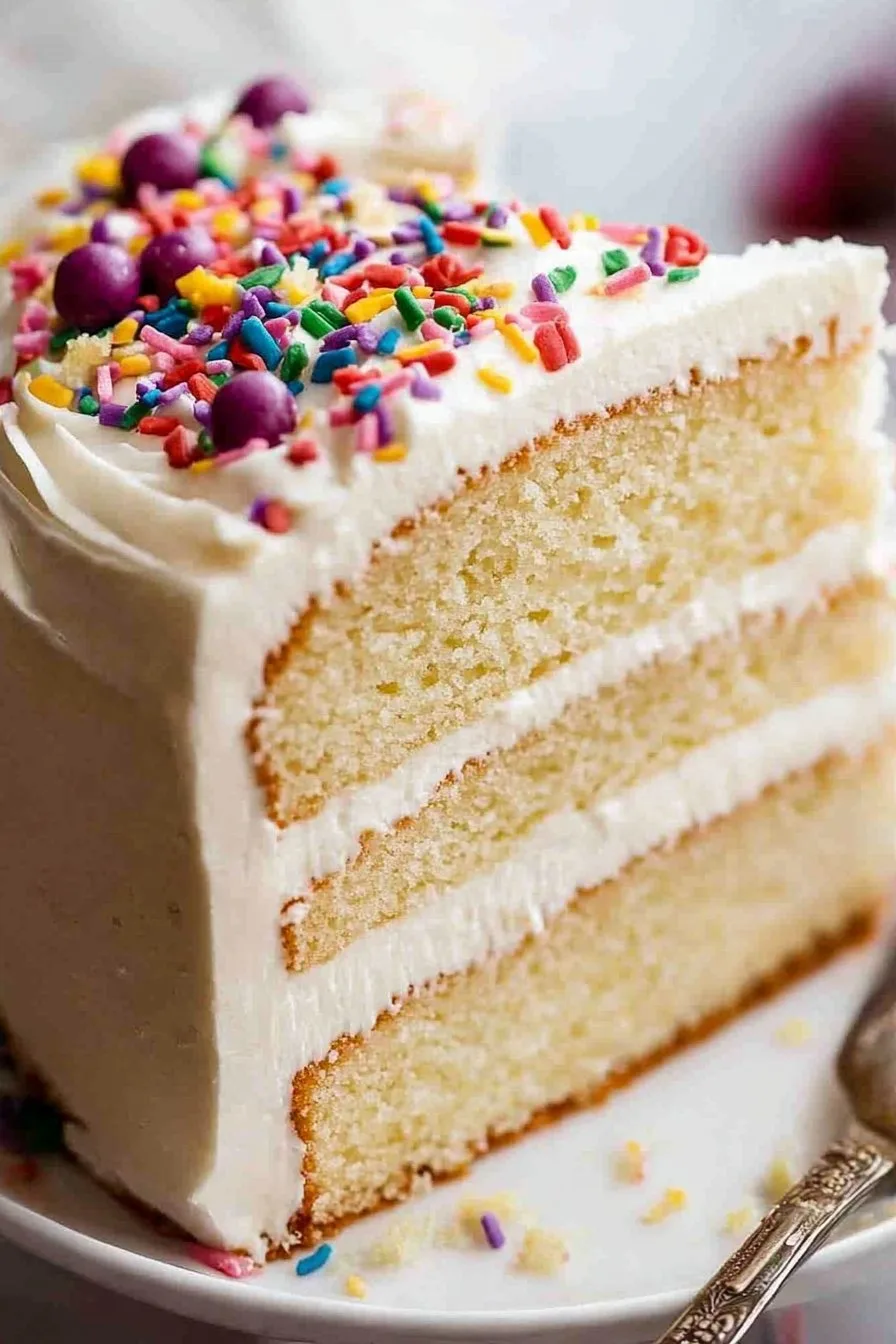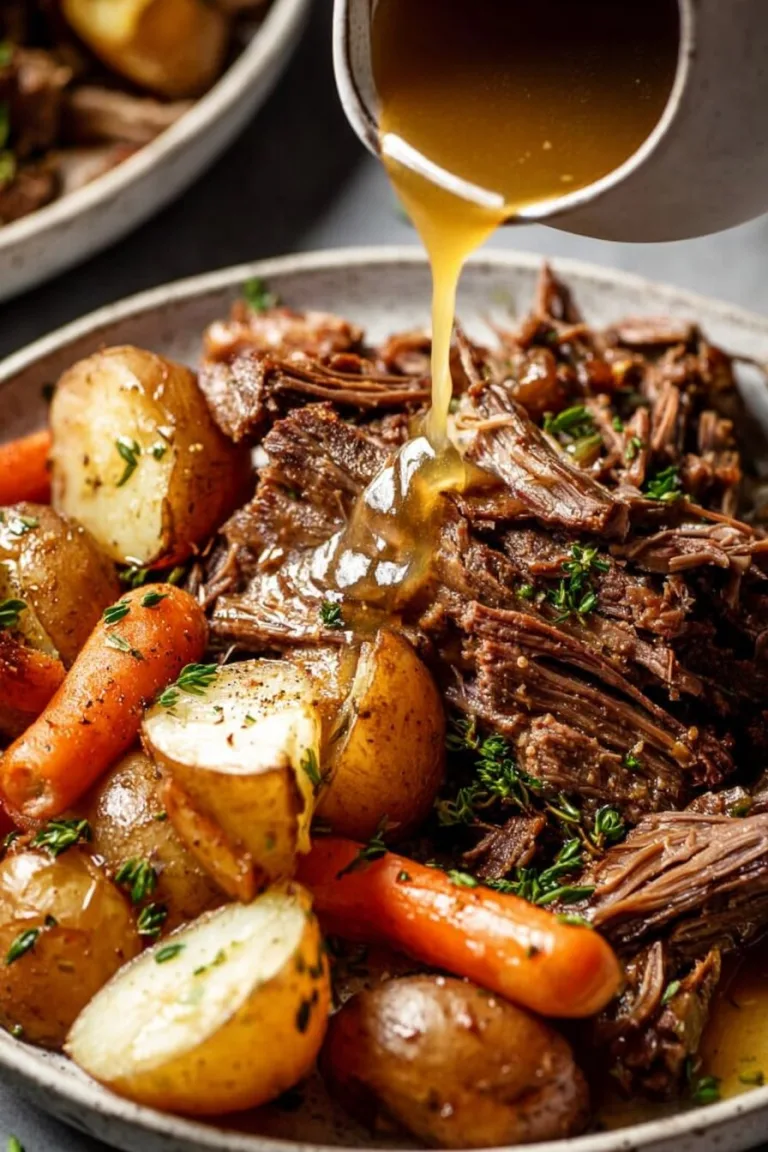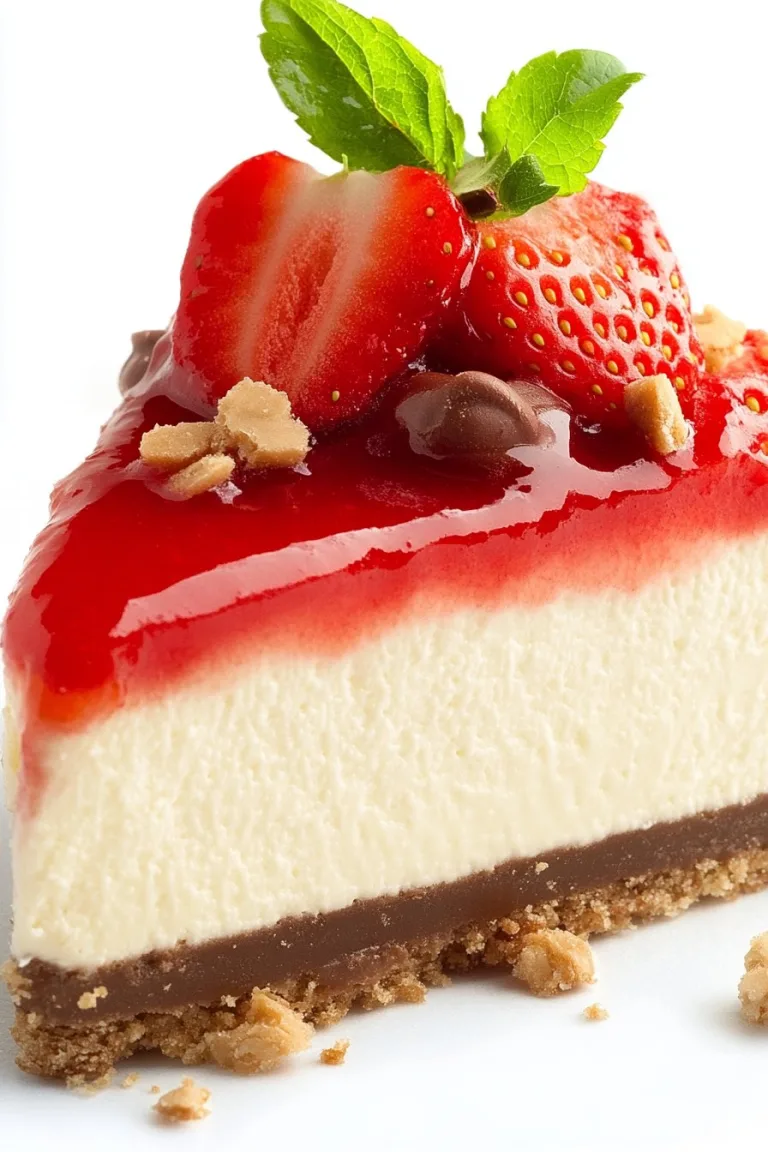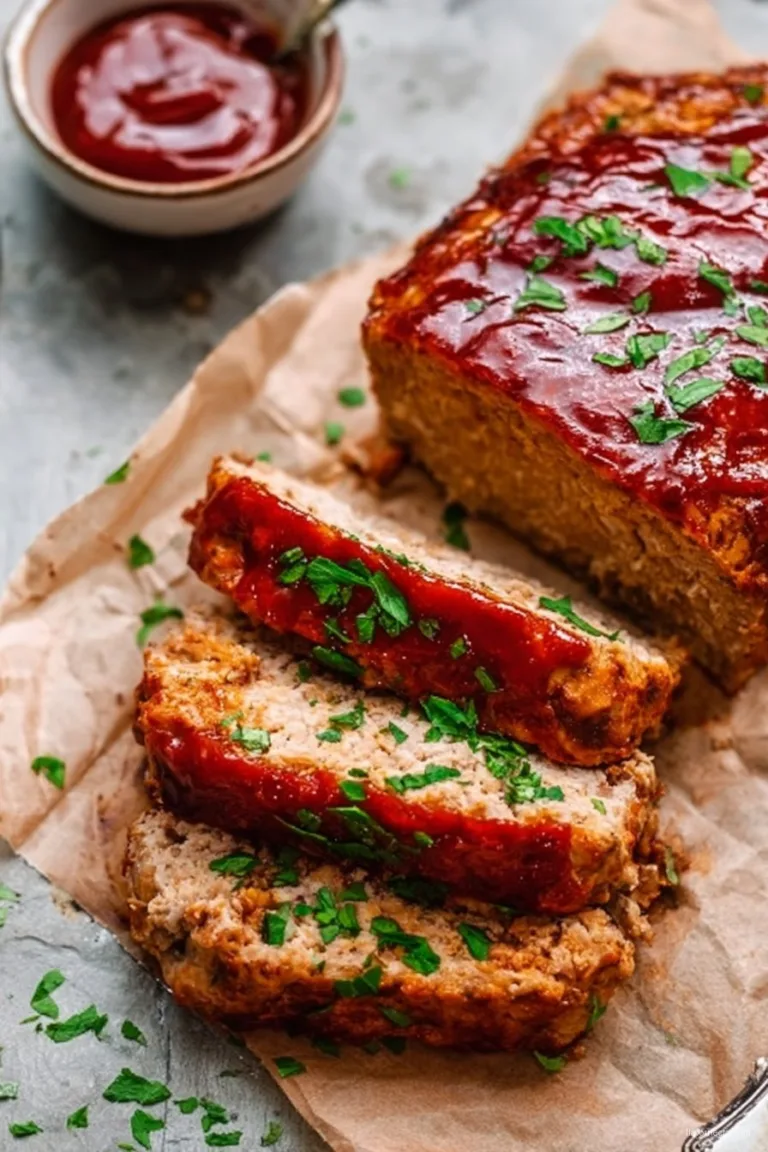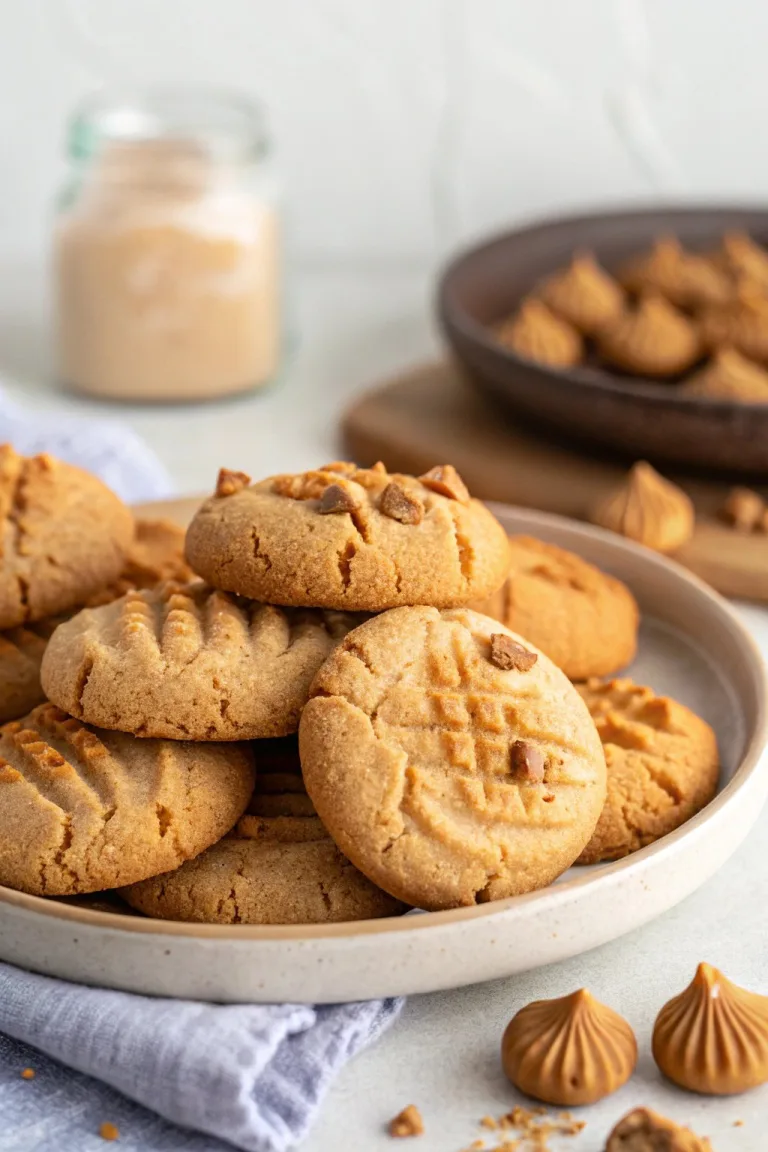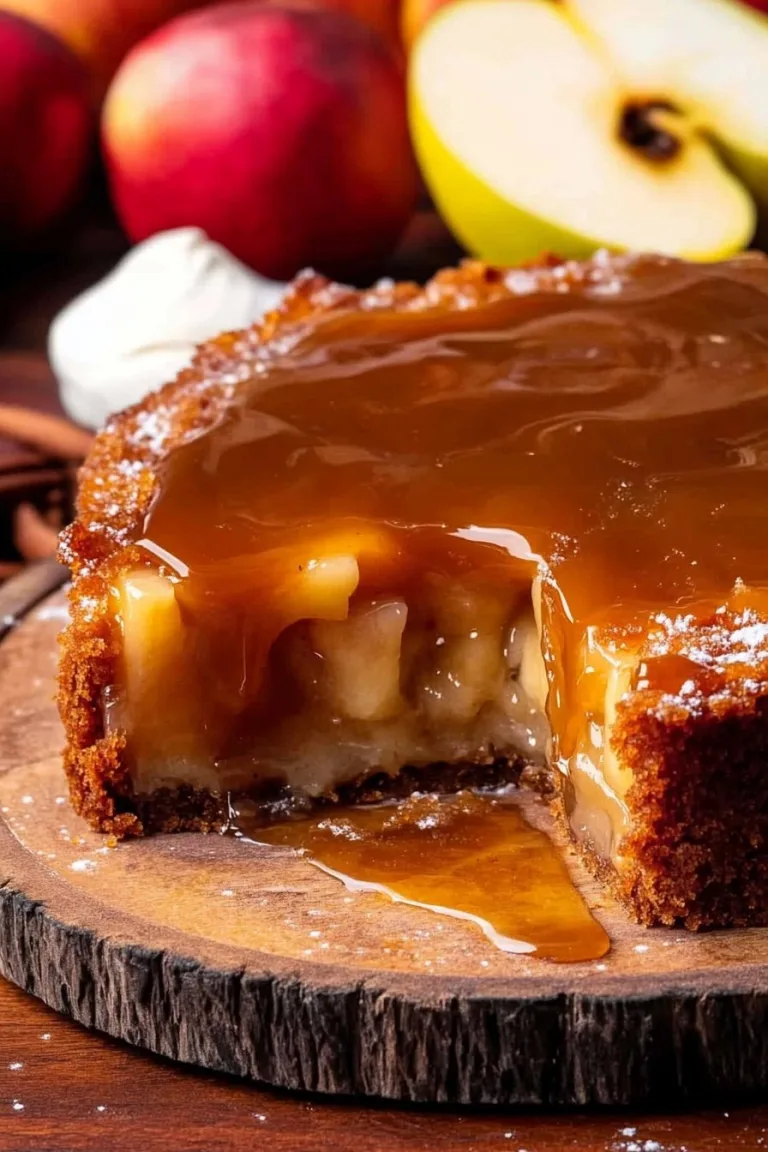So, You Want the Best Vanilla Cake Recipe?
Alright, pull up a chair—let me tell you, this isn’t your average, straight-from-the-box situation. I first made this vanilla cake on a rainy Saturday when my niece, chocolate fiend that she is, bet me she wouldn’t like a cake that wasn’t brown. She was wrong (she had seconds). Ever since, this has been my not-so-secret weapon for birthdays and basically any time I want to impress without breaking a sweat. And, believe me, I’ve made plenty of weirdly dense cakes before stumbling on this one. Some were more like vanilla bricks. Not ideal.
Why You’ll Love This (Or At Least, Why I Do)
I bake this when I want to make people smile—seriously, it’s the only cake my brother-in-law requests for his birthday (and he’s one picky bloke). Sometimes I just want something simple; no complicated layers, just classic, fluffy, buttery goodness. My family goes bonkers for it because it’s soft but not squishy, and the vanilla flavor is the real deal, not that fake stuff. Oh, and when I’m feeling lazy, I’ve even made it with store-bought frosting and nobody complained. If anyone says they don’t want a second slice, they’re probably fibbing.
What You’ll Need (And What You Can Swap)
- 2 1/4 cups (about 275g) all-purpose flour (grandma swears by King Arthur, but I’ve used supermarket own-brand and it’s fine)
- 1 tablespoon baking powder (don’t use the old tin lurking in the back of your cupboard—learned that one the hard way)
- 1/2 teaspoon salt
- 3/4 cup (170g) unsalted butter, room temp (honestly, I’ve used salted and just skipped the salt above, works in a pinch)
- 1 1/2 cups (300g) granulated sugar
- 3 large eggs, room temp (sometimes I forget to bring them out early and just stick them in warm water for 5 mins)
- 1 tablespoon real vanilla extract (I splurge on Nielsen-Massey when I feel fancy, but supermarket vanilla is fine too)
- 1 cup (240ml) whole milk (done it with 2% when that’s all I’ve got—it came out just fine)
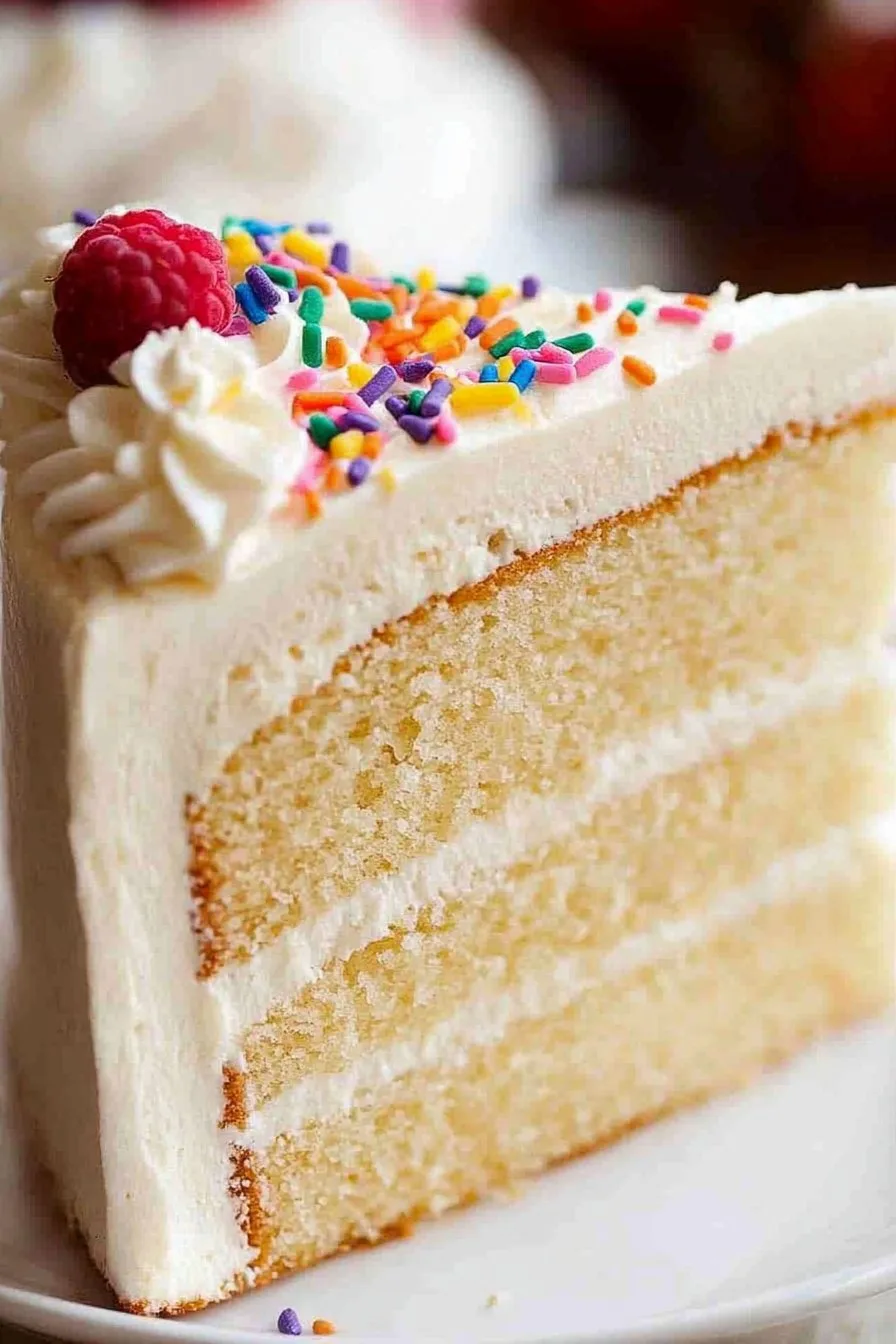
Let’s Bake: How I Actually Do It
- Preheat your oven to 350°F (or 180°C, if you’re in the UK like me). Grease and line two 8-inch round cake tins. Or just use one big one and adjust the baking time, if you can’t be bothered.
- Grab a medium bowl—whisk together your flour, baking powder, and salt. I always get flour everywhere at this stage, no idea why.
- In a big mixing bowl, beat the butter and sugar together till it looks pale and kind of fluffy—about 2-3 minutes. This is where I usually sneak a taste (don’t judge).
- Add the eggs, one at a time, beating well after each. If the mix looks a bit split or weird, don’t panic. It comes together.
- Stir in the vanilla. And maybe take a moment to sniff it. Is it just me that loves that?
- Now, add a third of the dry mix, then half the milk, then repeat: dry mix, rest of the milk, dry mix again. Mix gently—just until the batter is smooth. Don’t overmix. I once did, and it got tough (like, actually chewy).
- Divide the batter between your tins. Or dump it all in one if that’s what you’re working with. Smooth the tops with a spatula—if you care about that sort of thing.
- Bake for 28-32 minutes (mine’s usually done at 30, but ovens have minds of their own). Check with a toothpick—if it comes out clean, you’re golden.
- Let cakes cool in the pans for 10 minutes, then turn out onto a rack to cool completely. I have, on occasion, been too impatient and ended up with a warm, slightly squished cake. Still tasted good, though.
Tried and Tested Notes (AKA What I Figured Out the Hard Way)
- If you’re using just one big tin and the cake cracks on top, don’t stress. Just flip it over and ice the flat side. Problem solved.
- I think this cake tastes even better the next day, which I didn’t expect at first.
- If you’re out of parchment paper, a good butter-and-flour job works—just be generous.
- Actually, I’ve found that a splash of almond extract now and then gives it a bakery vibe. Not everyone will agree, but that’s OK.
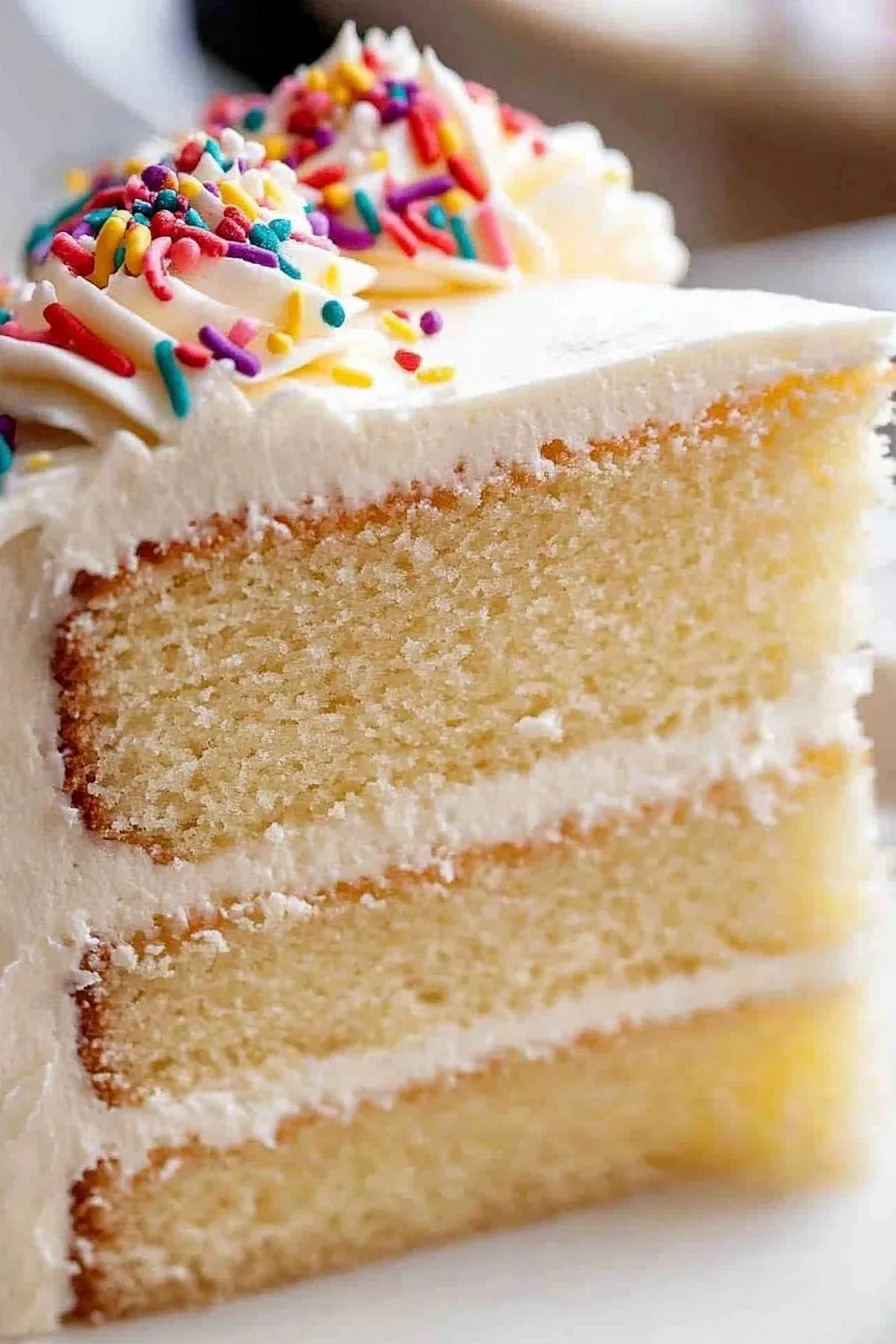
Variations (Some Good, Some… Not So Much)
- Swapped half the flour for cake flour once—super light and fluffy, almost too delicate. Worth trying if you like airy cakes.
- Added lemon zest and a squeeze of juice for a zingy twist. My sister didn’t love it but I did. (Lemon haters, beware.)
- Tried making it vegan with flax eggs and oat milk. Honestly, it was just alright, sort of gummy. Wouldn’t do that again unless I had to.
Equipment (But Don’t Panic If You Don’t Have Everything)
- Two 8-inch cake tins—or one big one and be prepared to wait a bit longer
- Electric mixer (hand or stand), but I’ve done it with a wooden spoon when I’ve felt like a proper old-school baker—just takes a bit more elbow grease
- Parchment paper (or butter and flour, see above)
- Cooling rack—if you don’t have one, just flip a wire oven rack upside down. Works a treat.
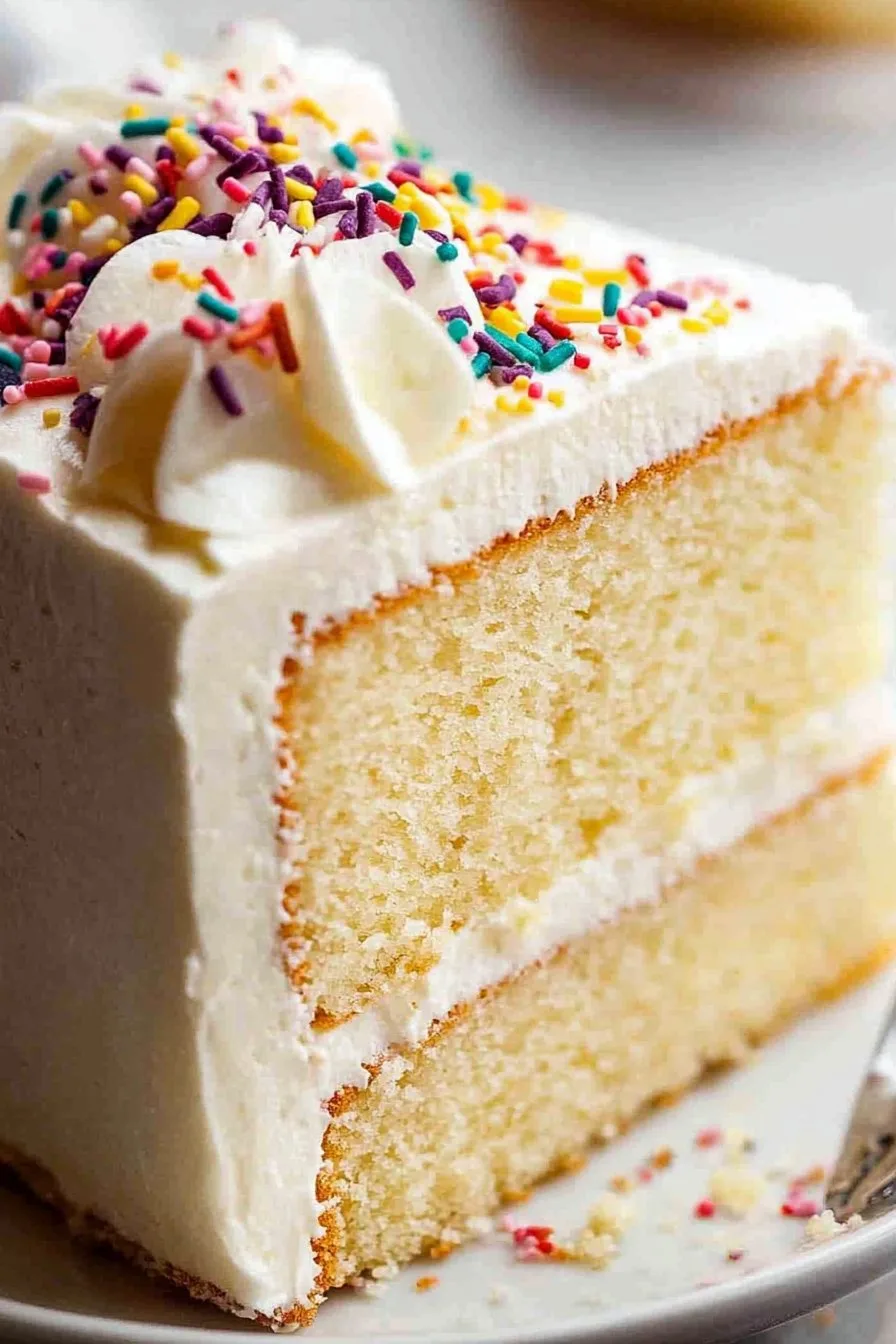
How to Store It (If You Somehow Have Leftovers)
Let it cool completely, then wrap in cling film or pop in an airtight container. It’ll keep on the counter for up to three days—or fridge if it’s hot out. But honestly, in my house it never lasts more than a day! If you want to freeze it, I wrap the layers individually and stash them for up to a month. Just thaw at room temp (unless you like cold cake… I kind of do, sometimes).
How I Like to Serve It (And the Family Does, Too)
Classic vanilla buttercream is my go-to. Sometimes, though, I get lazy and just dust with icing sugar (powdered sugar, for my US pals). For birthdays, we do sprinkles—loads of them. My uncle likes his with a big dollop of raspberry jam on the side. Oh, and it’s brilliant with fresh berries in summer. Or, for a properly indulgent tea, check out this homemade vanilla buttercream.
Lessons I’ve Learned (Or: Pro Tips from My Kitchen Disasters)
- I once tried to skip letting the butter soften—regretted that. It just doesn’t cream properly, so plan ahead if you can.
- Beating the eggs in too fast made the batter go kind of lumpy. Now I’m careful, but, well, nobody’s perfect.
- Actually, I find it works better if you scrape down the bowl a couple of times, even if you’re in a hurry.
FAQ (Because People Always Ask Me These)
-
Can I use self-raising flour?
Yeah, you can—but skip the baking powder and salt. It comes out a bit lighter, I think, but still tastes good. -
Can I halve the recipe?
Sure! I do it in a loaf tin sometimes, just watch the baking time—it might be a bit shorter. Or longer. Sorry, not more specific. -
How do I make this gluten free?
I’ve tried with a 1:1 gluten free blend and it works, but the texture’s a bit more crumbly. Still delicious, though! -
Can I use this for cupcakes?
Absolutely. Fill cupcake tins about 2/3 full, bake for 18-20 mins. They fluff up nicely. -
What’s your favorite vanilla extract?
Honestly? Whatever’s on sale, but Nielsen-Massey is gorgeous for special occasions.
And there you have it—the best vanilla cake recipe I know, with all my little quirks and mishaps included. If you ever try it, let me know how it turns out! Or don’t—just enjoy the cake. Either way, it’s win-win.

